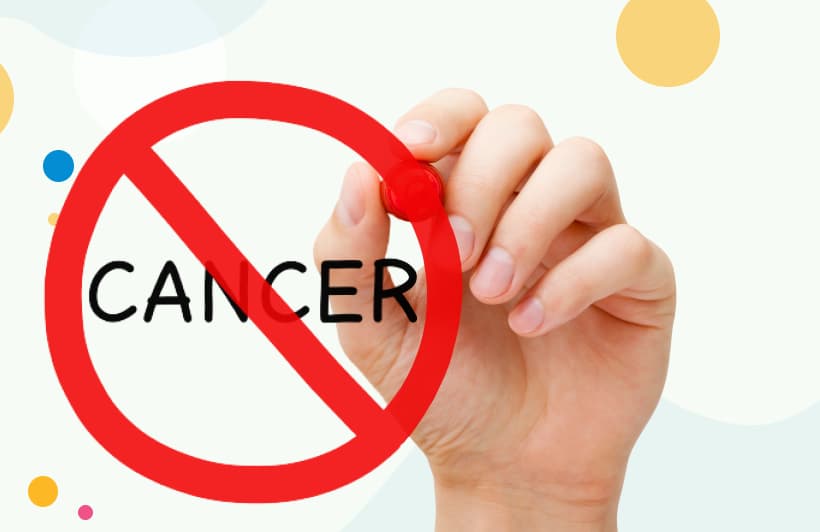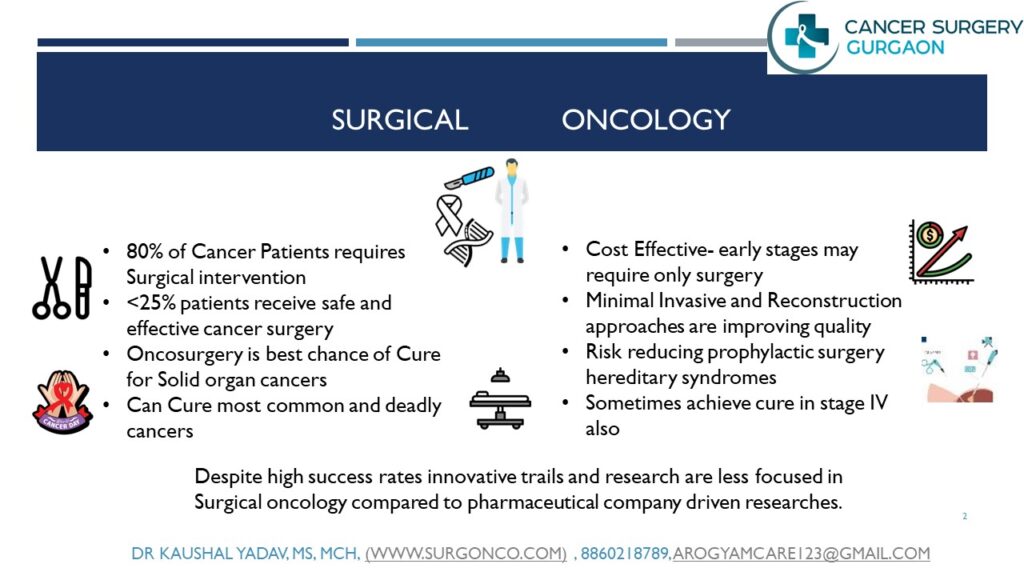Best way to reduce Cancer Risk: How Movement Reduces Cancer Recurrence
What if the most powerful tool against cancer recurrence isn’t a costly medication but something you already carry with you—your ability to move? As we observe Cancer Survivor Month this June, it’s time to awaken your inner strength and turn simple movement into a strategy to outsmart cancer. Where there is a will, there is a way.
The Science Behind Exercise and Cancer Recurrence
A landmark study published in the New England Journal of Medicine followed colon cancer survivors for three years of structured exercise after their adjuvant chemotherapy. The results were striking:
- 80.3% of those who exercised remained disease-free, compared to 73.9% in the non-exercise group.
- After eight years, overall survival was 90.3% with exercise versus 83.2% without.
- Regular exercisers cut their risk of cancer coming back and death rate by 28%.
These numbers show that “Movement Is Medicine”—structured physical activity can meaningfully decrease both recurrence and mortality for many cancer survivors.
Four Simple, Fun, and Effective Exercises
You don’t need Olympic training to reap the benefits. Whether you live in South Delhi near Lodhi Gardens, Noida by Sector 18, or Gurgaon’s leisure zones, In Haryana or other state village near to nature a little daily movement goes a long way.

Aerobic Activities
Boost heart and lung strength while building stamina.
- Walking:
• 10–15 minutes around your neighbourhood, local park, or even a mall corridor.
• Break it into two 15-minute brisk walks if that fits your routine better. - Dancing:
• Turn up a favourite Hindi track and let your body groove.
• A joyful way to elevate mood and heart rate. - Cycling or Stationary Bike:
• Try 15–20 minutes around your colony or on a home exercise bike.
• Adjust speed to suit your comfort. - Low-Impact Aerobics:
• Follow gentle aerobic videos on YouTube.
• Add Surya Namaskar to wake up every joint. - Sports: If you enjoy any sport than continue it
Strength & Resistance Training
Improve muscle mass, fight fatigue, and strengthen bones.
- Chair Squats:
• Stand in front of a sturdy chair, sit back slowly, then rise. - Wall Push-ups:
• Lean into a wall for incline push-ups, building upper-body strength safely. - Resistance Bands:
• Seated rows, bicep curls, or leg lifts using a band. - Seated Leg Extensions:
• Sit and straighten each leg one at a time, hold, then lower gently.
Flexibility & Stretching
Keep your body supple and reduce stiffness.
- Morning Stretch Routine:
• Spend 10 minutes reaching arms overhead, bending gently side to side. - Beginner Yoga Poses:
• Try Balasana (Child’s Pose) and Cat-Cow to ease tension. - Dynamic Stretching:
• Perform arm circles or leg swings while watching TV.
Balance Exercises
Stay steady and reduce fall risk.
- One-Leg Stand:
• Stand on one foot for 20–30 seconds, then switch. - Heel-to-Toe Walk:
• Walk in a straight line like a fashion runway. - Tai Chi or Slow-Flow Movements:
• Gentle forms calm the mind and enhance stability. - Stability Ball Pelvic Tilts:
• Lie back on a ball and tilt your pelvis to engage core muscles. - Swimming or Water Aerobics:
• If available at your nearest fitness centre, water supports joints while building strength.
Simple daily movement is more than exercise—it’s a powerful ally in your cancer care journey. Choose activities you love, invite a friend or caregiver, and enjoy movements.
Precautions and Special Considerations for Cancer Survivors
Every survivor’s journey is unique. Before you lace up your shoes, keep these condition-specific guidelines in mind—always consult your healthcare team first.
Breast Cancer Survivors
- If you’ve had lymph node dissection, you’re at higher risk for lymphedema.
- Begin with light resistance exercises for the affected arm and gradually increase under professional supervision.
- Use compression garments if recommended.
- Avoid lifting more than 50% of the weight you’d use with your healthy arm.
- Stop immediately if you notice swelling, and seek medical advice.
Bone Metastases or High Fracture Risk
- Steer clear of high-impact activities and heavy lifting.
- Focus on low-impact, weight-bearing exercises plus balance training.
- Get your doctor’s approval before starting.
Cardiotoxicity Precautions
- For survivors treated with anthracyclines or other heart-affecting drugs, prioritize gentle aerobic work.
- Monitor your heart rate and stay within safe limits.
- Consider partnering with a cardiac rehab specialist.
Colorectal Cancer Considerations
- Abdominal discomfort? Modify core exercises to reduce strain.
- Progress slowly—avoid excessive crunches or twists.
Hematologic Cancers & Immune Suppression
- Opt for shorter, individualized sessions to limit fatigue.
- Prioritize hygiene and build in rest intervals to support recovery.
Ostomy Precautions
- Ensure your stoma appliance is secure before any movement.
- Avoid high-impact exercises and use a support belt if needed.
Peripheral Neuropathy Considerations
- Exercise on flat, non-slippery surfaces.
- Wear non-slip shoes to protect numb or weak feet.
- Steer clear of slick floors; take it slow and steady.


A Full-Day Exercise Routine to Energize You
Consistency beats intensity. Here’s a flexible, Delhi NCR–friendly schedule you can follow in your home, local park (Lodhi Garden, Nehru Park) or nearby gym.
Morning
- 10 minutes of gentle yoga or full-body stretches
- 10 minutes of brisk walking around your neighbourhood or a park
- Optional: 10 minutes of cycling or swimming at your local pool
Afternoon
- 15 minutes of moderate-pace walking or low-impact aerobics
- Strength session: Chair squats and wall push-ups (2 sets of 8–10 reps each)
Evening
- Balance drills: One-leg stands or a short Tai Chi flow
- Dynamic stretches: Arm circles and leg swings while watching TV



Movement as Medicine: Embrace It Every Day
Exercise isn’t just about rebuilding strength—it’s a lifestyle that fuels your body and mind. The Physical Activity and Cancer Control (PACC) framework champions it as the most cost-effective weapon in the fight against cancer. Every step you take —whether you’re strolling past India Gate, walking around Cyber Hub in Gurgaon, or stepping onto your balcony in Noida—counts toward a healthier future.
To Know more about cancer prevention
Discover more from CancerSurgery
Subscribe to get the latest posts sent to your email.




